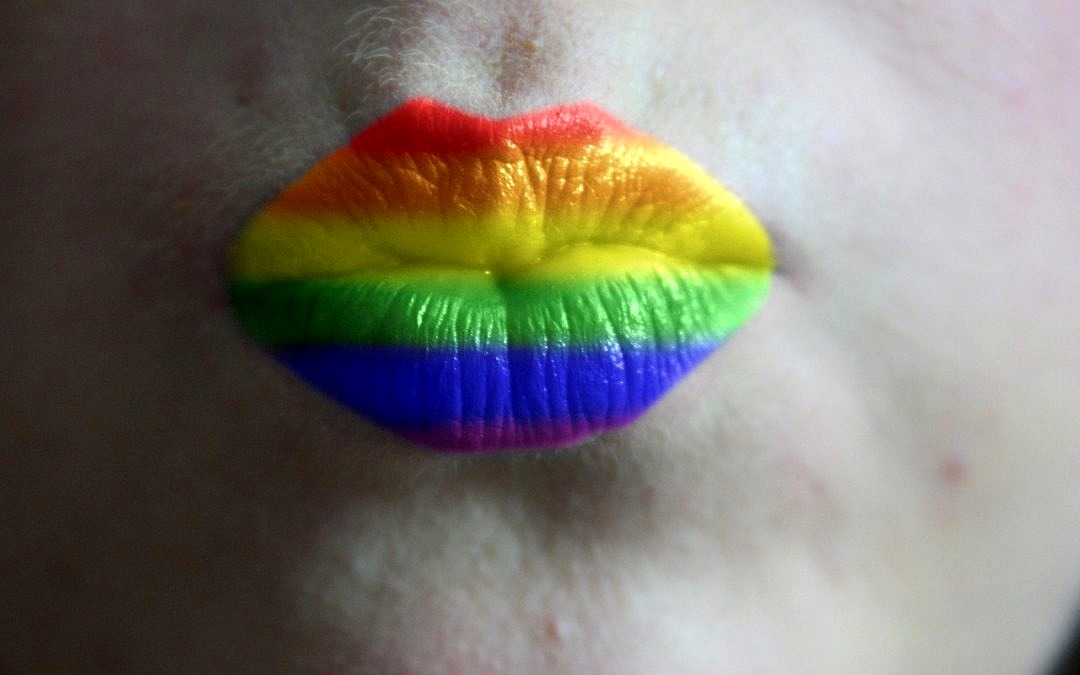If you’re attracted to more than one gender, you might call yourself bisexual or pansexual. What’s the difference?
We’ve really put gender to the test in recent times, and as it turns out, it’s a social construct (unlike “sex”, which is assigned at birth, and based on the physical set of genitals a person is born with). So if you’re attracted to more than one gender, are you bisexual or pansexual? Well, that depends.
There’s a lot of debate in the queer community about the differences between bisexuality and pansexuality – in fact, there’s even an argument as to whether the label “bisexual” is positive or detrimental to the queer cause, given that it seems to promote a two-gender preference that leaves a lot of people who identify as genderqueer, genderfluid, or otherwise, out in the ethers. Others believe in maintaining the “bi” label in order to represent and stand up against “bi erasure”, a disregard of bisexual people in the LGBT community. And while these labels aren’t exactly interchangeable, what we are seeing these days is that a lot of people who once identified as bisexual are now moving toward pansexuality – for the simple reason that the gender spectrum is also being more widely seen.
Yes, it’s a big topic of discussion, and a consideration when it comes to how you identify. While it can be said that “bisexual” confers a person who is attracted to more than one gender identity and “pansexual” means they are attracted to all gender identities, in the end, a lot of it – in fact, most of it – comes down to how you feel in particular, and what label you choose for yourself when it comes to your own sexual preferences. Want to know more? Here’s an article from Cosmopolitan that breaks down the basic differences and similarities between bisexual and pansexual, and here’s another from YourTango.com – see what you can learn, and what you decide for yourself!

